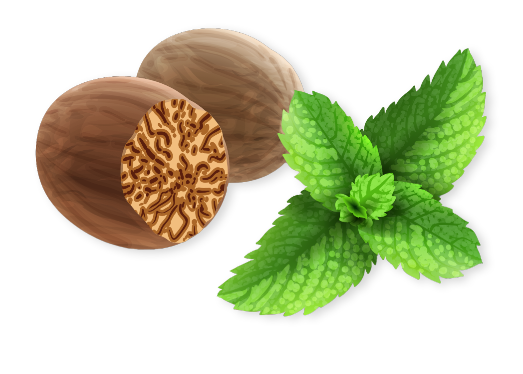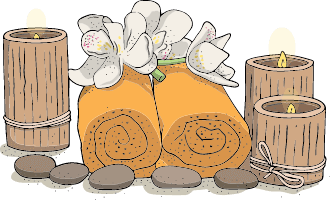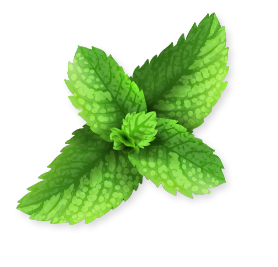INTERVERTEBRAL DISC PROLAPSE
IVDP is commonly known as slip disc. Intervertebral disc prolapse (IVDP) is an injury to the intervertebral disc between vertebrae which acts as cushioning. Generally, it is caused due to excessive Lumbosacral strain or trauma to intervertebral joints, ligaments, and muscles by lifting or twisting. Depending upon the severity and the way in which the material is expelled, it is classified in to disc bulge, protrusion, extrusion and sequestration. Basically the bulged disc or the disc material occupy the space through which the nerves pass, leading to mild to severe compression on the nerve. Based on the intensity of compression, it will lead to severe pain, pain radiating to the leg, numbness, burning sensation, tingling sensation, weakness of the legs and loss of bladder control and in some cases loss of bowel control.
The degeneration of the outer ring, the annulus fibrosus due to an increase in age that results in the tear of the disc is the primary causative pathology of the IVDP. This type of pathology releases certain chemicals leading to inflammation, resulting in severe pain even in the absence of nerve root compression. High impact on a healthy disc or a moderate to high impact on an already degenerated disc is the reason for its bulge. It can be due to lifting heavy weight, wrong movements, long duration sitting, long drive.
SIGNS AND SYMPTOMS.
Little or no pain if the disc is the only tissue injured,
Pain that will radiate into the regions served by affected nerve roots that are irritated or impinged by the herniated material.
Undefined pains in the thighs, knees or feet.
Numbness, tingling, muscular weakness, paralysis, and affection of reflexes
If the herniated disc is in the lumbar region the patient may also experience, pain usually continuous or at least continuous in a specific position of the body.
STAGES OF DISC PROLAPSE
Disc Dehydration
This is the stage where the outer layer of the disc weakens and the fibers around the disc become loose. This leads to flattening of the disc with loss of height and increase of the diameter. This is called a bulge.
Disc Prolapse
This is a condition where the outer layer called the annulus fibroses cracks and the soft interior of the disc starts protruding through the outer layer. When this happens, the prolapsed part of the disc tends to touch on the adjoining nerves and it’s at this point that you start experiencing pain and other associated symptoms.
Disc Extrusion
At this point, some part of the protruded nucleus pulposus starts to push out through the outer part of the disc and the gets detached
Disc Sequestration
In this stage, the free fragment of the nucleus pulposus (the innermost part of the disc) manages to get within the spinal canal.
CAUSES
Intervertebral disc prolapse results from a combination of genetic and environmental factors. Some of these factors have been identified, but many remain unknown. Researchers have identified variations in several genes that may influence the risk of developing intervertebral disc disease. The most commonly associated genes provide instructions for producing proteins called collagens. Non-genetic factors that contribute to the risk of intervertebral discdisease are These factors include aging, smoking, obesity, trauma, chronic inflammation, and driving for long periods of time
The most conclusive diagnostic tool for intervertebral disc prolapse is an MRI scan that clearly shows soft tissue lesions in discs. Its treatment in contemporary science may vary from painkillers/ Analgesics, NSAID Corticosteroids, Muscle relaxants, Calcium and Vitamin D supplements, Lumbar Belt, Traction, Physiotherapy, and surgery. However, these measures have apparent side effects which limit their use for an extended period. Further, progressive worsening of symptoms may result in Lumbar Canal Stenosis, which needs surgical intervention like Hemi facetectomy, Microdiscectomy, Laminectomy, Nucleoplasty or Disc excision.
Ayurveda consider this as a Vata type of disease, Grudhrasi. Here vata is aggravated at the lower back due to wrong diet, excessive movements and high impact on low back, continuous stress and strain, intolerable level of regular exercise etc. Vata is responsible for all movement and its predominant properties are dry, rough and light. So it creates dryness and roughness in and around the affected area leading to degenerative changes of the disc which is generally a highly hydrated, soft and flexible structure. As the dehydration progresses, the collagen fibres in the disc walls,due to continuous hard impacts on the low back,start breaking one after the other. When certain number of fibres are broken, that part of the disc will not be able to hold the disc material inside, due to the exerted pressure. So it starts bulging out.
Ayurvedic management in such conditions are done with both internal medications and external therapies. No manipulations are done. As the condition is due to Vata aggravation, basic line of management is to pacify Vata by performing Panchakarma therapies.The line of treatment is to first handle the inflammation, then help repair the wear and tear, and lastly reinforcement of the core muscles and ligaments supporting the vertebral column. This whole plan of treatment, when executed, will help in the management of the existing complaints and also prevent further deterioration of the condition. Proper rest is advised after the phase of reinforcement. This helps the structures to go through a resetting process and become firm enough to support the discs. This in turn will reduce the pressure exerted on the disc and give the patient considerable relief from the presenting complaints. Ayurvedic special Bandages, paste applications, traction massages, marma chikitsa , yoga therapy are integrated in chronic injuries.
Ayurveda offers very effective prognosis up to the stage of extrusion, helping the patient avoid surgical intervention. In most of the cases, acute pain is from one level while other levels are vulnerable and could lead to acute pain at a later stage. So treatment for the management of the symptoms caused by a particular level will also benefit the other levels and reduce their vulnerability. Those who develop IVDP in the low back also have a risk of developing the same at the neck level. So when the patient undergoes our therapies, they also get the benefit of repair and reinforcement of the cervical spine.
BOOK APPOINTMENT























